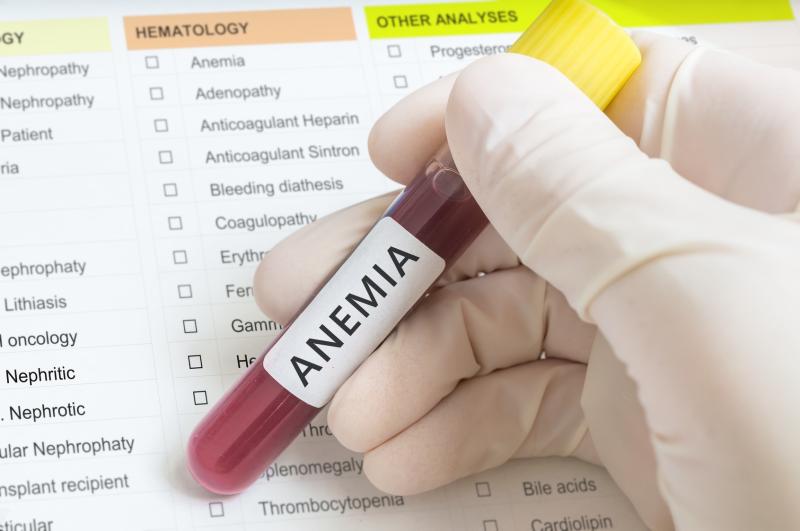
Younger, female patients prescribed warfarin are more likely to present with in-clinic anaemia, and these patients are at risk for out-of-range international normalized ratio (INR), suggests a recent study.
“Pharmacists practicing in anticoagulation clinics can incorporate this information into patient care practice in efforts to maintain optimal management,” the authors suggested.
This retrospective chart review sought to explore the relationship between in-clinic anaemia and the control of INR within an anticoagulation clinic. A random sample of patients seen in an academic medical centre pharmacy-managed anticoagulation clinic was enrolled in this study.
The authors used the Hemochron Signature Elite machine to monitor point-of-care INR. They also carried out statistical analyses with the use of the web-based platform STATA MP (https://www.stata.com/statamp/).
In-clinic anaemia was defined as haematocrit <32 percent.
A total of 300 patients were included in the analysis, of whom 45 (15 percent) had in-clinic anaemia. Patients with in-clinic anaemia were more likely to be younger (p<0.05), female (p<0.05), and have a diagnosis of sickle cell disease or anaemia (p<0.05).
Of note, patients diagnosed with in-clinic anaemia were shown to be at increased risk of having out-of-range INR (odds ratio, 0.52, 95 percent CI, 0.27–0.98) in the unadjusted logistic regression model. In addition, no significance was seen in the adjusted regression model.
“Many factors influence INR,” according to the authors. “[H]owever, few studies have examined the impact of anaemia in warfarin patients.”